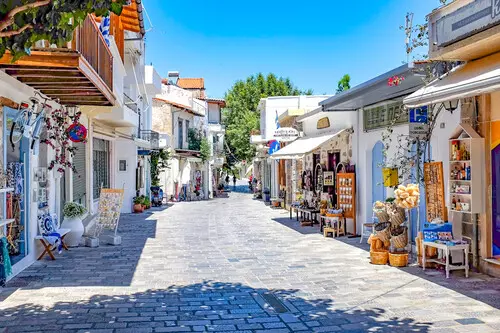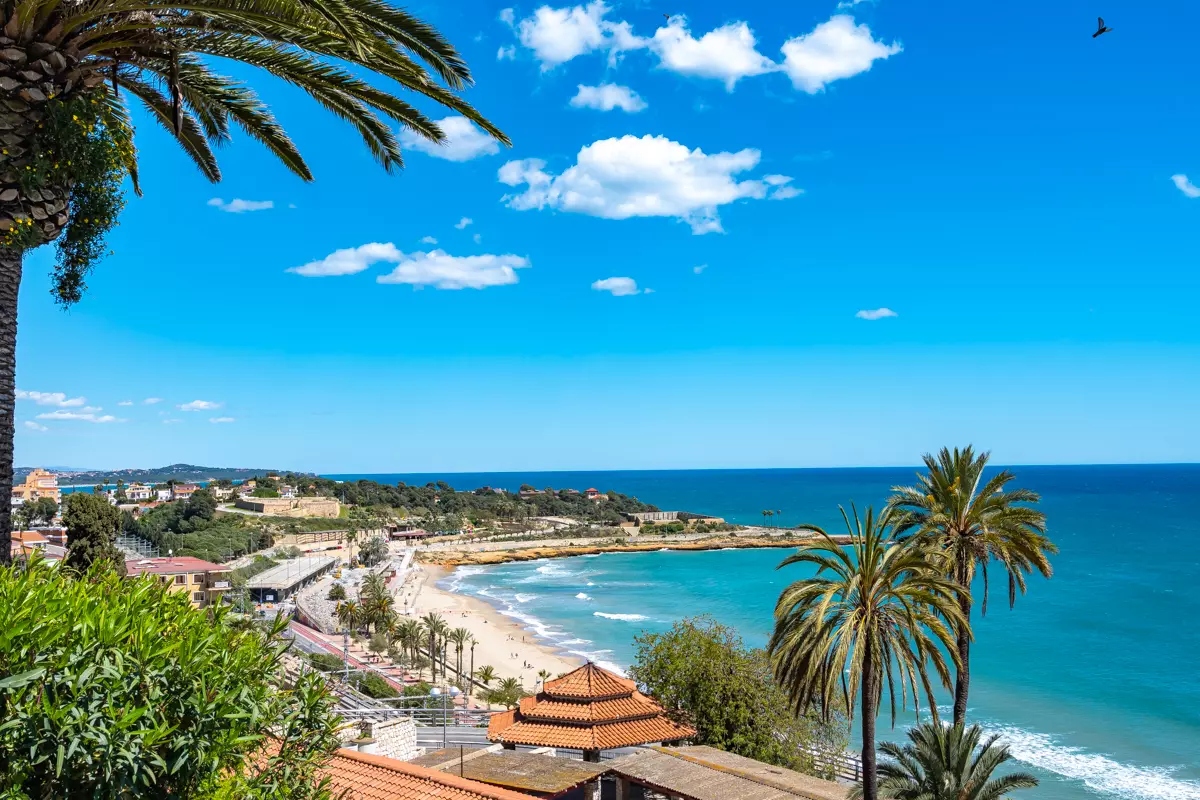Valencia Weather In Spring | What To Expect April & May
Thinking of heading to Valencia this spring but unsure what the weather is really like in April or May? You’re not alone – and I had the same questions before my trip.
Planning a spring getaway, I spent quite some time thinking about where to escape the gloomy weather and daily routine. In the end, I chose the Valencia region, and it turned out to be one of the best decisions I’ve ever made. April and May are truly wonderful months here. The weather is mild, the sun is plentiful, and the cities, coastal resorts, and smaller villages still retain a peaceful, off-season vibe.
In this post, I’d love to share my personal experience. I’ll cover what spring weather in the Valencia region is really like, what’s worth seeing and doing, where to find delicious food, and what essentials to pack in your suitcase. If you’re considering a trip around this time, I hope this guide helps you prepare and make the most of everything this sunny part of Spain has to offer.
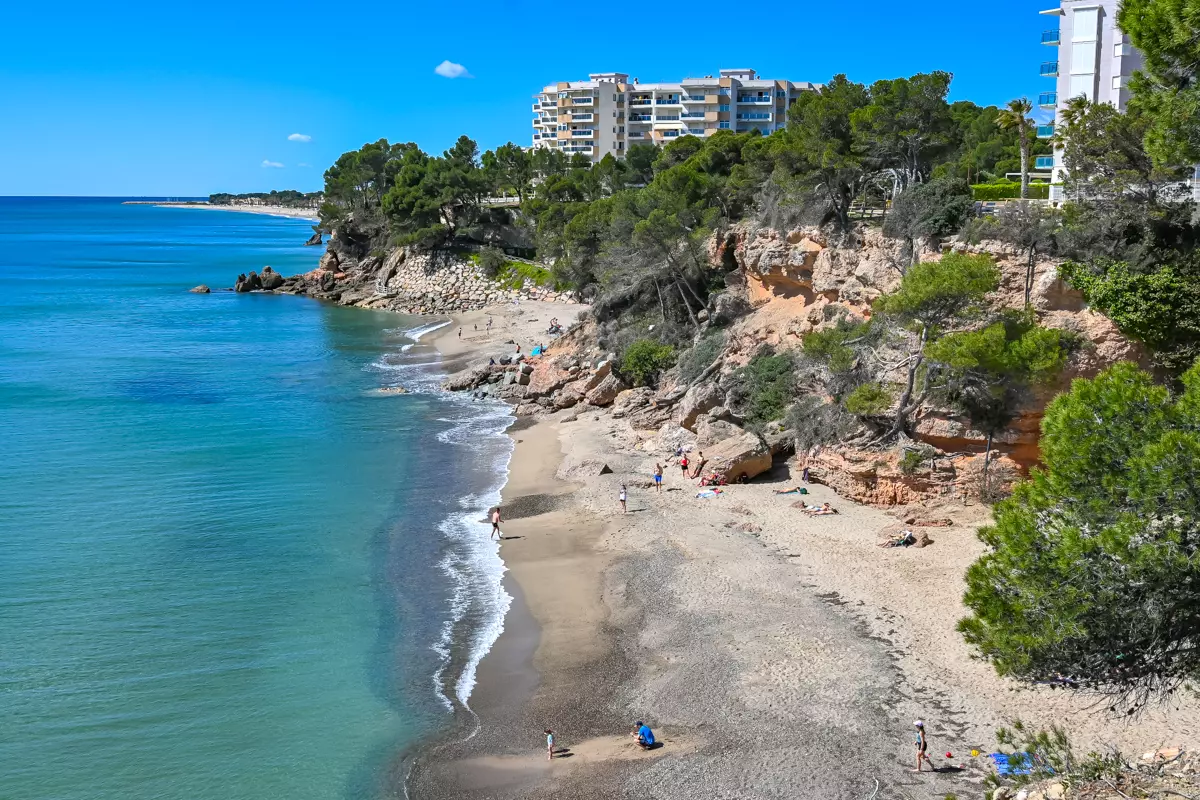
Is Valencia Worth Visiting In April–May
If you’re looking for a place where spring greets you with warmth, color, and an instant mood boost – the Valencia region is a fantastic choice. In April and May, the weather here is genuinely pleasant: no longer cold, but not yet as hot as it gets in summer. Along the coast, in the cities, and even in smaller villages, there’s a peaceful atmosphere. No large tourist crowds, which means you can enjoy a more authentic experience without the usual lines or busy streets around popular sights.
For me, this trip was a true spring escape. Whether it was walks through charming Peñíscola, a morning coffee in a small coastal town, or a trip to the mountainous Los Serranos region – I felt peace everywhere and enjoyed the sunshine. In spring, nature here seems to wake up and invites you to slow down.
If you’re looking for a trip that combines culture, nature, and peaceful relaxation, the Valencia region in spring is definitely worth your attention.
Can You Sunbathe On The Costa In Spring
While spring in Eastern Europe might still be trying to wake up, in the Valencia region it’s already in full swing. One of the nicest surprises was just how much sunshine you can catch at the end of April – both along the coast and when exploring inland towns. The days are sunny, and temperatures often reach 20–22°C. By May – especially late May – it gets even warmer. The sun’s heat already starts to feel like summer, and by midday, you’ll often find yourself looking for shade.
Traveling in late April and early May, I spent several afternoons by the sea – both on Valencia’s city beaches and in smaller coastal resorts. There was already a lively buzz along the coastline, even though the high season was still far off. People were soaking up the sun, reading books, children were playing nearby, and some holidaymakers were already swimming. I’ll admit – I didn’t quite dare to join them, as the water was still pretty refreshing, around 18°C.
Still, even without a swim, the spring sunshine here makes it easy to unwind. Sitting on warm sand with a coffee in hand was one of the most enjoyable moments of the entire trip.
Get Your Exclusive Valencia Travel Tips PDF Now!
Based on my personal experience, this concise guide is packed with exclusive tips to help you save time, avoid common mistakes, and uncover hidden gems in and around Valencia. Here’s a sneak peek at what’s inside:
- 🗺️ Secret and lesser-known spots – unique villages and hidden natural corners along the route from Bocairent to Tarragona.
- 🍽️ Some best restaurants – places I visited and highly recommend.
- 💡 Exclusive tips – where to park, what to remember, and mistakes to avoid – advice you won’t find anywhere else.
- 🔗 Links – Google Maps, websites of places to visit, reservations, and other links that will make your trip significantly easier.
What To Wear In Valencia This Season
Traveling through the Valencia region in spring is truly a mix of contrasts. One day you might be on the coast, sitting at a cafe by the sea wearing sunglasses, and. The next, you could be exploring mountain villages where you’ll still need a sweater in the morning.
I mostly wore trousers or a dress, and in the mornings, evenings by the sea, or in the mountains, I always had a light sweater or jacket. Daytime temperatures along the coast were around 18–23°C, but once the sun goes down, you can feel a stronger breeze from the sea or cooler air at higher elevations. If you’re planning trips to places like Albufera Natural Park, Morella, Chulilla, or other mountain villages, it’s a good idea to bring a warmer piece of clothing.
The most comfortable footwear is sneakers or comfortable sandals. In many of Valencia’s smaller towns, you’ll often be walking on cobbled streets, climbing up to viewpoints, or exploring nature.
One more important detail – sun protection. By mid-April, I had already noticed the first signs of a tan even after a short day outdoors, so it’s definitely worth keeping sunscreen with SPF in your bag, especially if you’ll be spending time in open areas.
Typical Spring Temperatures In The Region
Throughout the entire trip, I was spoiled by pleasantly warm weather that, to be honest, exceeded all my expectations. In April, daytime temperatures were usually around 18–22°C, and by early May, they had already warmed up to 20–24°C. Evenings, especially near the coast, were still a bit cooler – around 14–17°C.
The warmest weather was along the coast – both in Valencia city and in places like Denia, Peñíscola, and Tarragona. In the mountainous areas, mornings start off cool, with temperatures ranging from 10 to 12°C, warming up to 15–17°C during the day. By the end of May, the weather also improves in these higher-altitude areas, with mornings around 13–15°C and daytime temperatures reaching 19–22°C.
During my trip, the sun was shining most of the time, and there was barely any rain – only a few short showers were experienced. The weather made it easy to spend full days outdoors, whether exploring cities, enjoying nature, or relaxing by the sea.
What To See Around Valencia In Spring
One of the biggest advantages of traveling through the Valencia region is how easy it is to reach a wide variety of places in a short time – from mountain villages to beaches and natural hot springs. Spring is the perfect time for this, as there are no traffic jams or long lines at popular sights. Here are a few destinations I personally enjoyed the most.
Peñíscola
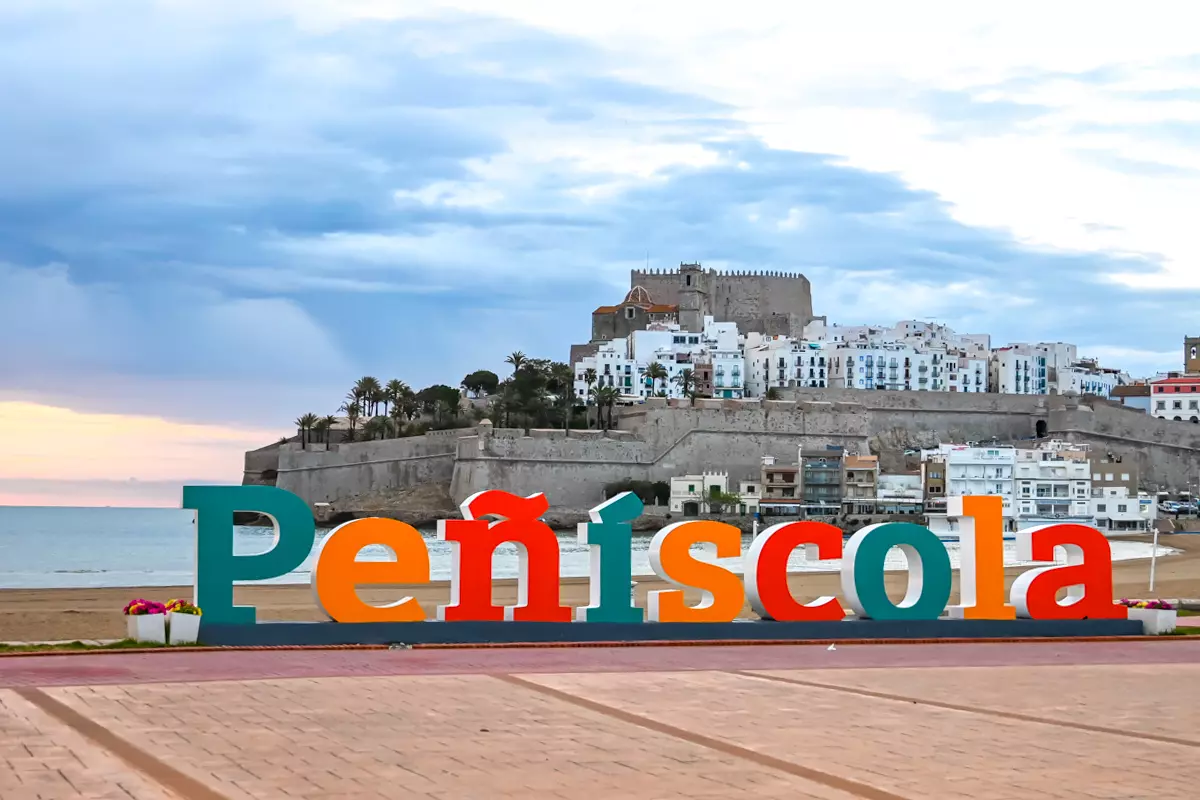
This is one of the most picturesque coastal towns, located a bit further north of Valencia (about 1.5 to 2 hours by car). Just seeing the castle perched on a rocky hill and surrounded by sandy beaches makes the trip worthwhile. The old town is compact, filled with whitewashed houses and narrow streets, and from the top you get stunning views of the sea. In spring, it’s still peaceful here, so you’ll avoid large tourist crowds.
Montanejos
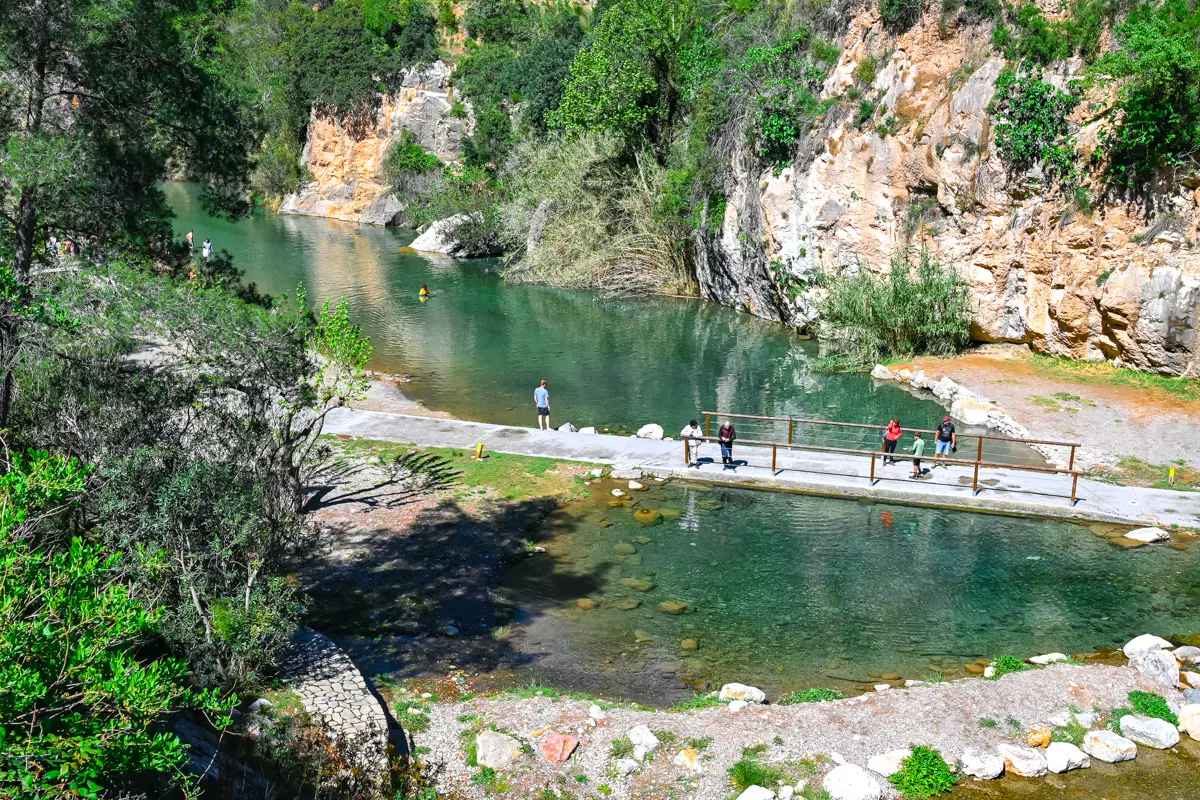
If you’re looking not just to see, but also to experience something unique, Montanejos is a perfect choice. Nestled in the mountains, this small town is known for its natural thermal spring pools. Even in spring, when the air is still pleasantly cool, swimming in warm outdoor water is a true delight. There are also several hiking trails nearby, making it an ideal spot for those who want to combine relaxation with light outdoor adventure.
Also read: A Day Trip To Montanejos Hot Springs
Bocairente

This was one of the most surprising places I visited during the trip. Bocairente sits on a hill, with stone houses, dramatic cliffs, and the famous Moorish caves – small, man-made caves you can explore. It’s a real gem if you’re looking for something a bit off the beaten path.
Morella
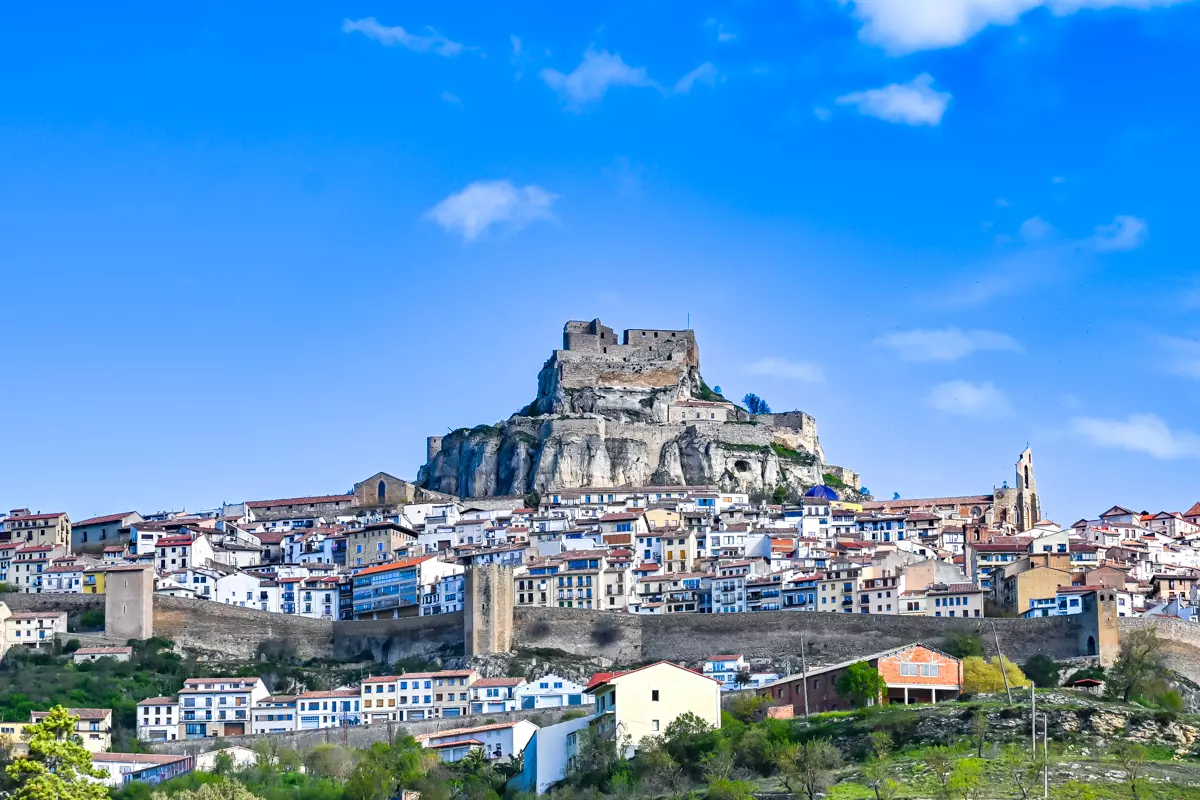
Located at about 1,000 meters above sea level, the town of Morella looks like a medieval fortress. Stone buildings, narrow streets, old city walls, and a castle at the very top – everything here breathes history. In spring, the surrounding area blooms with almond trees and mountain flowers, and the fresh air makes it perfect for a long scenic walk.
Chulilla
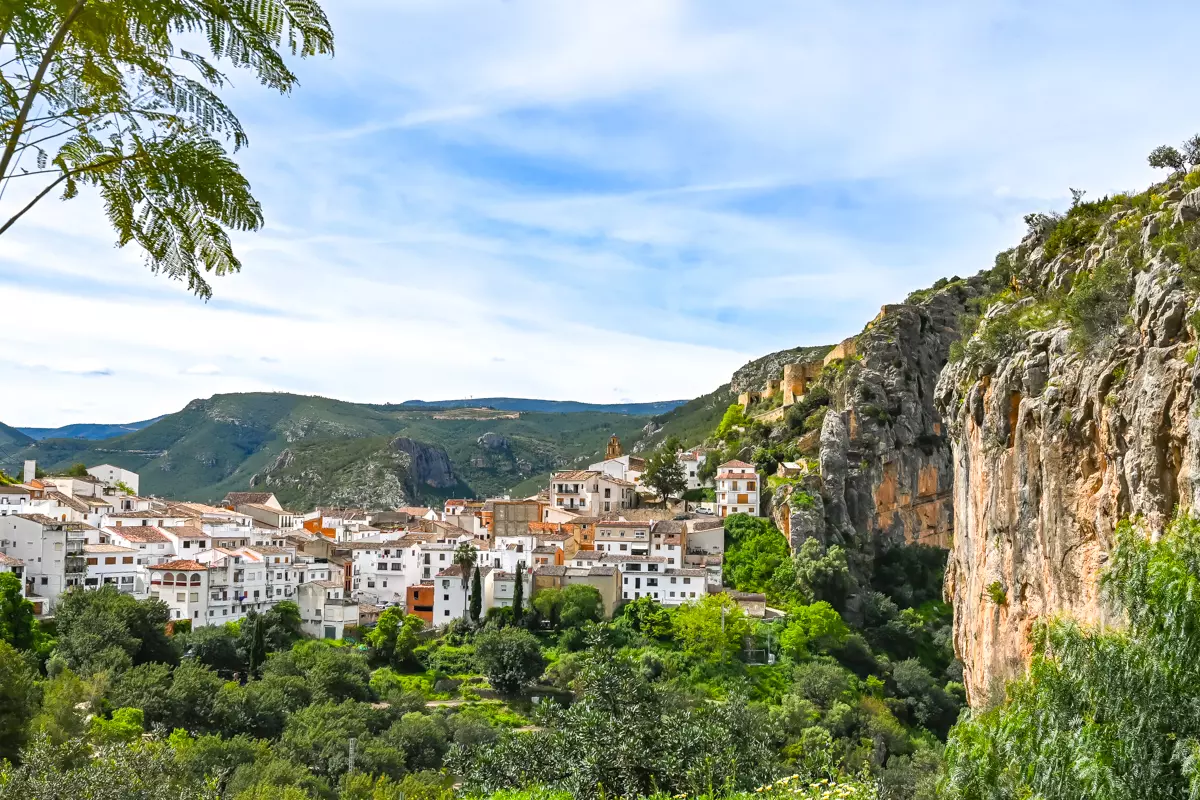
If you’re after nature, peace, and breathtaking scenery, Chulilla will be a real discovery. Set among canyons, this village is famous for its hiking trails, especially the Ruta de los Puentes Colgantes, the hanging bridges trail that winds through cliffs and gorges. The path is easy, but the views are unforgettable.
Chelva
Another place that might pleasantly surprise you is Chelva. Here, Arab, Christian, and Jewish heritage all blend together – visible as you wander through the old quarters’ narrow streets. The town is also the starting point of the popular Ruta del Agua, a walking trail that follows the river, passing ancient aqueducts, bridges, and green valleys.
What To Pack For A Spring Trip To The Area
A spring trip to the Valencia region takes a bit more planning than your typical summer getaway – the weather is warm, but not always consistent. What you wear can vary depending on your activities. Here’s what I found especially useful.
Clothing, footwear, and other essentials
- A light jacket or sweater – mornings, evenings, and mountain areas can still be chilly.
- Long but lightweight trousers or a dress – works for both city walks and nature outings.
- Short- and long-sleeved tops – for layering as needed.
- Comfortable sneakers or lightweight hiking shoes – ideal for cobbled streets and trails.
- Sandals or light shoes – for warmer days and the beach.
- A swimsuit – for thermal springs or (if you’re brave) the sea.
- A sun hat or cap, and sunglasses.
- Sunscreen with SPF – don’t skip it. I forgot mine and regretted it!
- A reusable water bottle – useful for hikes and day trips.
- A small backpack or day bag.
- An umbrella or light rain jacket – spring can still surprise you.
Where To Check The Weather Before Visiting Valencia
Spring weather in the Valencia region is usually pleasant, but it’s still a good idea to check the forecast before your trip – especially if you’re planning mountain excursions or full days outdoors. For me, doing so helped plan my days more effectively. Here are a few sources I use most often when traveling:
- AEMET (Agencia Estatal de Meteorología) – Spain’s official meteorological agency. Their data is reliable, especially if you’re interested in smaller towns or mountain areas.
- Yr.no – A Norwegian weather site, often accurate and clear, especially in mountainous regions.
- AccuWeather or Weather.com – Both are mobile-friendly and let you check wind speed, UV index, and precipitation chances.
If you’re planning more active time in nature, like hiking near Chulilla or Montanejos, I recommend checking not just the general forecast. Wind speed and cloud cover can make a big difference, even when the thermometer shows 22°C.
Tip: Before heading out in the morning, I always checked the weather for two places – where I was and where I was going.
FAQ: Valencia Weather In April–May
Yes, by April spring is in full swing here – daytime temperatures reach 18–22°C, there’s plenty of sunshine, though mornings and evenings can still feel a bit cool.
Braver travelers swim not only in May but even in April, though the water remains cool – around 18–19°C. You can definitely lie on the beach and sunbathe comfortably in this weather.
Light, breathable clothing for the day, a sweater or jacket for the evening, comfortable shoes for hiking, and lighter footwear for leisure. Don’t forget sun protection!
Compared to summer – no. Cities have some visitors, but the region’s towns and nature trails are still far from crowded. I always try to travel where there are no tourist crowds, so visiting the region during this time was absolutely worth it.
Prices are moderate – often cheaper in April than in May. Hotels start from around €40–60/night (for simpler options), apartments are usually a bit more expensive, but there’s a wide range of choices.
If you plan to explore the region (e.g., visiting Morella, Chulilla, or Montanejos), then yes – renting a car is essential. If you’re staying only in Valencia city, you can get by without one.
Mornings can be fresh (10–12°C), but it warms up quickly during the day. For hikes, a jacket or fleece is useful – especially in places like Chulilla or Morella.
Book your flight
For the best flight deals, I always rely on Skyscanner. Features like Multi-city and Explore Everywhere help me uncover incredible travel opportunities.
Rent a car
Discovercars is my top choice for comparing car rental prices for any road trip around the world. The booking experience is always smooth and easy.
Travel insurance
SafetyWing provides affordable travel medical insurance with global coverage, perfect for digital nomads and long-term travelers.
Book Tours & Attractions
Experiencing a destination to the fullest is easier with a well-planned itinerary. I use GetYourGuide for guided tours and Tiqets for quick access to museum and amusement park tickets.
Protect yourself online by VPN
No matter where I go, I always use NordVPN for secure browsing and to ensure I can access websites that might be blocked in certain countries.
Disclosure: I only suggest companies that I personally rely on. If you use the affiliate links in my posts to book services, I’ll earn a small commission, with no extra cost to you.
Valencia in April or May – which weather suits you best? Comment your choice!
Share on

Hi, I’m Evelina, a travel enthusiast who loves nature, peace, and authentic places. I cherish the freedom to explore and learn with each adventure, whether it’s hiking trails, stunning beaches, natural parks, unique architecture, or rich cultural heritage. I hope my experiences inspire you to embark on your own journeys!
